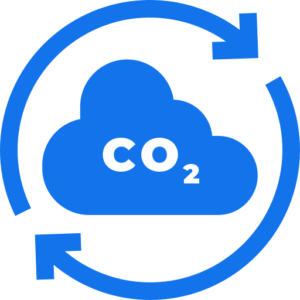Carbon offseting
Energy efficiency, shift to renewable energy or new technologies contribute significantly to reducing global carbon emissions. But we will still generate emissions. It is nearly impossible for even the most energy-efficient and sustainable organizations to completely avoid activities that result in emissions.
Through investing in carbon offset projects, our clients can support projects that prevent, reduce or remove greenhouse gas emissions from being released into the atmosphere to compensate for emissions occurring elsewhere.
If enough offsets are purchased to balance all emissions remaining after reduction efforts, then the net emissions will be zero. This is known as carbon neutrality. Carbon neutrality can encompass an entire organisation’s activities or a part, such as its one entity, fleet of cars, a product, an event or air travel.
What is a Carbon Offset?
A carbon offset is a scientifically quantified reduction in greenhouse gas emissions created when one metric ton of greenhouse gas is captured, avoided, or destroyed in order to compensate for an equivalent emission made elsewhere. All offsets are subject to minimum eligibility criteria and international standardization. Carbon offset projects remove greenhouse gases in a variety of ways.
We partner with leading NGOs and organizations to give you the widest option of offset projects on global or local basis.

Biodiverse reforestation
Tree plantings and sustainable forestry practices increase the natural storage of carbon.

Gas capture
Direct CO2 capture from air technology or landfill gas capture projects that prevent methane from getting into air are interesting technological options.

Alternate energy
Green renewable energy technology decreases CO2 heavy emission energy methods such as coal.

Environmental and social projects
Projects that deliver environmental benefits but also social advantages (co-benefits) for local communities.
Such benefits can include new infrastructure, employment or biodiversity enhancements.



